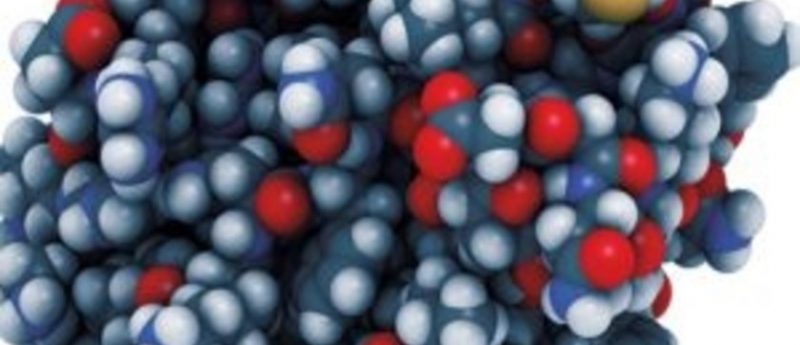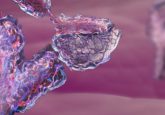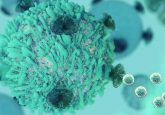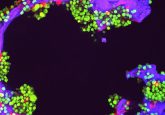Eya1 protein identified as a potential target for new drugs in medulloblastoma

A preclinical study published recently in Developmental Cell has identified a protein that is vital to both normal brain development and in numerous cases, the development of medulloblastoma. The research demonstrated that by reducing levels of the protein Eya1, fatality of the disease was markedly reduced. These findings indicate that Eya1 could be an effective target for new drugs in a particular subtype of medulloblastoma, and other cancers that share similarities in cell signaling.
Researchers from Dana-Farber/Boston Children’s Cancer and Blood Disorders Center (MA, USA) concentrated their investigation on one of the four subtypes of medulloblastoma in which tumor growth is driven by Sonic Hedgehog (Shh) signaling.
Senior author Rosalind Segal from Dana-Farber/Boston Children’s Cancer and Blood Disorders Center explained: “The Sonic Hedgehog subtype accounts for about 30% of all medulloblastomas. And – infact – the Shh pathway is activated in as many as a third of all human cancers. While Shh signaling clearly plays a key role in many medulloblastomas, the basic mechanism by which it is controlled hasn’t been clear.”
Previous studies have focused on the role of kinases in cancer, which are responsible for switching proteins on. This study however, investigated the role of phosphatases – the enzymes responsible for protein deactivation – and their role in controlling Shh cell signaling. The investigators aimed to establish which phosphatases were most critical for the Shh pathway to function.
This was achieved by measuring all 380 types of phosphatases in medulloblastoma cells that are driven by Shh signaling via a small hairpin RNA screen. The team discovered that Eya1 was very highly expressed in the cells and further investigations in mice confirmed that Eya1 plays a key role in the regulation of transcription in Shh signaling, in both normal brain development and medulloblastoma.
In embryonic mice it was reported that the development of the hindbrain – a process dependent on signaling from the Shh – faltered in the absence of Eya1. Furthermore, canceling one of the two copies of the gene responsible for Eya1 and thus reducing protein levels by half, caused death rates from the disease to decrease in young mice genetically predisposed to develop medulloblastoma. Only 10% of the mice in this group developed medulloblastoma, where as in normal circumstances (when both copies of the gene are present) these animals have a 35% mortality rate from the disease.
The team suggest that an advantage of using Eya1 as a drug target in medulloblastoma is the potential to reduce the severity of side effects from treatment. Eya1 belongs to a subfamily of phosphatases containing only four members, suggesting that any drugs that target Eya1 are likely to interfere with only a few other phosphatases.
Segal commented on the need for more targeted therapies in the disease: “Medulloblastomas account for about 18% of all brain tumors in children. Today, 60–70% of patients can be cured, but the major therapies – surgery, radiation and chemotherapy – have significant downsides. There is great interest in developing more targeted therapies that can attack the cancer while producing milder side effects.”
Sources: Eisner A, Pazyra-Murphy M A, Durresi E et al. The Eya1 Phosphatase Promotes Shh Signaling during Hindbrain Development and Oncogenesis. Developmental Cell, DOI: 10.1016/j.devcel.2015.01.033 (2015); Dana-Farber Cancer Institute press release



